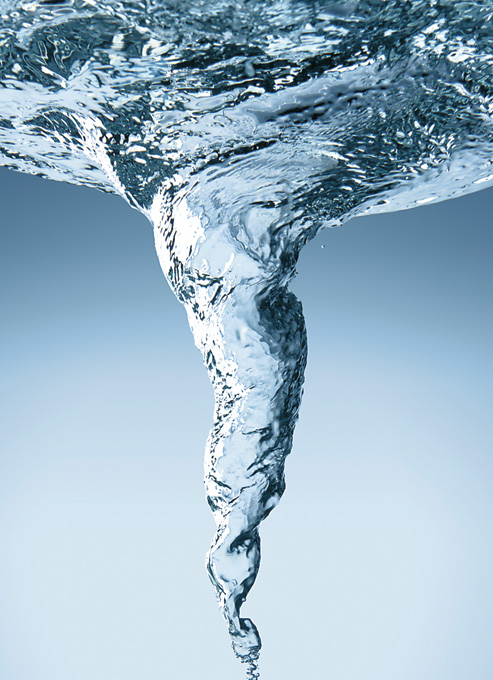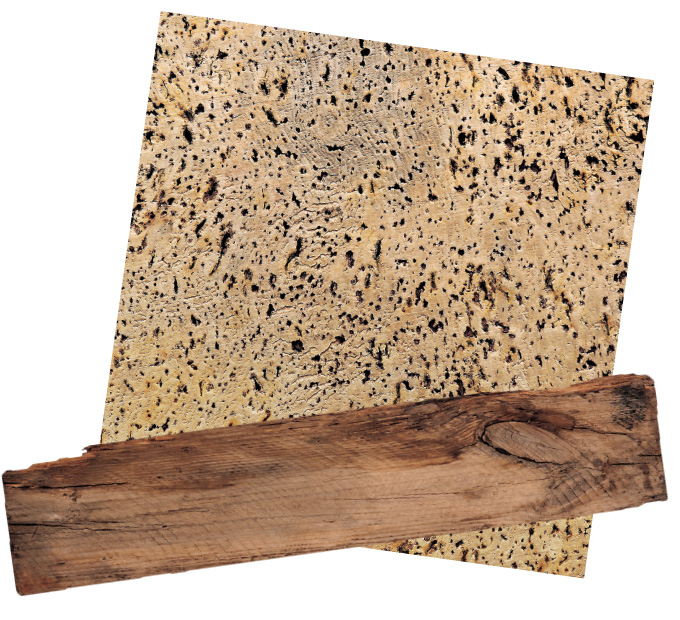It’s no secret: Bathrooms quickly become dated. Pink tile might be the most obvious sign of age, but inefficient showerheads, singing toilets and rusted lighting fixtures are just as telling.
When remodeling your bathroom, there are many ways to go green. For starters, choose energy- and water-efficient fixtures and toilets, as well as responsibly sourced materials. But also think about the future life of your revamped bathroom, one of the most important elements of green design.
“A green project is one that is thoughtfully planned and built, and one that lasts,” explains Maxwell Rush, owner of Green Light Construction & Painting in Portland.
Even quick, low-budget fixes should be carefully considered to help create a functional and aesthetically pleasing bathroom for years to come. Aim for enduring style by avoiding trendy design concepts like, say, pink tile. And always choose products and materials that are durable. Because ultimately, the less waste you create by remodeling again and again, the more eco-friendly your remodel.
Another important green philosophy: Maintain the footprint of small bathrooms, says Jeff Stern, principal of In Situ Architecture in Portland. “Stay with the existing footprint, and don’t move fixtures,” he says, which creates both short- and long-term energy and cost savings. “Keep it simple.”
 Save water
Save water
Conserving water should be a top priority in the bathroom. Water-saving fixtures have come a long way, which makes conserving water one of the easiest and cheapest ways to green a bathroom. Look for the EPA’s WaterSense label on faucets, showers and toilets, which ensures water efficiency verified through independent testing.
Improved showerhead designs help maintain water pressure, so you can still have the same powerful spray to which you’re accustomed. Some handheld and fixed showerheads even have adjustable settings, so you can switch between gallon-per-minute settings (GPM). Low flow is considered 1.5 to 2.5 GPM, as opposed to the 6 GPM showerheads of the past. In sink fixtures, low-flow faucets release 0.5 to 1 GPM.
Today’s water-saving toilets are categorized by water per flush. The most efficient use about 1.3 gallons per flush. Dual-flush toilets treat solid and liquid wastes with different water amounts, which can add up to more sizable water savings but are more expensive.
 Save energy
Save energy
The easiest way to save energy in the bathroom is by installing fluorescent and LED lighting. But try thinking on a grander scale, says Stern. He suggests adding skylights when possible, which can reduce energy consumption and create a sense of spaciousness in small rooms.
To help increase natural light, minimize window treatments, opting for privacy glass if needed. And replace shower curtains with glass shower doors to create a sense of spaciousness while allowing more light to bounce around the room.
To save even more energy, Stern says homeowners should consider installing an energy- recovery ventilator that brings fresh air in from outdoors, pushes out stale air and recovers moisture and heat. Look for Energy Star ratings on these ventilators and more basic fans.
 The right stuff
The right stuff
Instead of buying all-new materials for your bathroom remodel, consider salvaging wood, plastics, mirrors and more from your own home when possible. Also, closely examine any cabinets you plan to replace. Could you get away with replacing just the doors instead of the entire cabinet? Avoid waste.
If you do opt for new materials, how (and where) they were made is just as important as the materials that went into making them. Rush recommends Marmoleum flooring, which is made from biodegradable products that won’t off-gas after installation. To avoid other types of off-gassing, use zero-VOC paints. You can’t go wrong with Forest Stewardship Council (FSC) certified wood, which comes from sustainable sources. FSC-certified cork works well for bathroom flooring; it has antibacterial properties.
Because you don’t want to replace any of these materials in the near future, let durability drive your choices. Porcelain tile is highly durable, as are some recycled-glass tiles. And both can be found used at salvage yards or factories.







